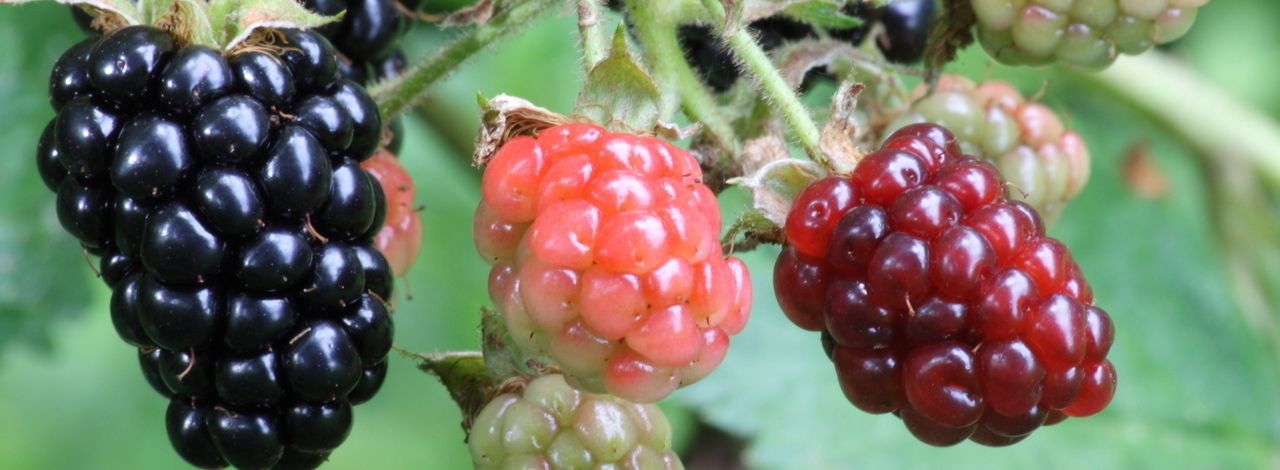Common Blackberry

Scientific Name: Rubus allegheniensis
Common Name: Allegheny blackberry, common blackberry
Plant Family: Rosaceae (Rose family)
Etymology: The scientific name for this plant arises from the Latin word Rubus, meaning “blackberry,” and allegheniensis identifies the region of North America.
Parts Used: leaves, stems, fruit, roots
Season: summer, fall
Indigenous Uses
Blackberries provide food for people across North America. Indigenous peoples would eat the ripe berries fresh, ground with wild game meat to make pemmican cakes, or dried and stored for later consumption. As medicine, blackberries were used in the treatment of cancer, dysentery, diarrhea, whooping cough, colitis, toothache, anemia, psoriasis, sore throat, mouth ulcer, hemorrhoids, and minor bleeding. An infusion of the roots, sometimes mixed with blackberry leaves, is taken to treat diarrhea, rheumatism, colds, and cough. An infusion of the roots was used as a wash for sore eyes. A decoction of the stems was consumed for urinary tract infections. Its varied medicinal uses also included regulation of urination, use of root or leaf tea to check bowels, astringent and tonic, and treatment of venereal disease and phlegmatic conditions. Sweetened with honey the plant alleviated sore throat. Chewing the washed root cleansed the tongue, and the root tea with Virginia pine and alder was drunk and used as a wash for piles. Blackberry canes offered craft material for baskets woven with the stems once the thorns are removed.
Edible Parts
Collect the dark, ripe berries in solid containers to prevent crushing. Enjoy raw or cooked into jams, sauces, and savory dishes. Preserve by freezing, fermenting into wine or making into cordials. The berries can also be used as a source of yeast for fermenting and flavoring alcoholic beverages. Use the fresh or dried leaves for infusions.

This project was made possible by a grant from Maryland Humanities, with funding received from the Maryland Historical Trust in the Maryland Department of Planning. Maryland Humanities’ Grants Program is also supported by the National Endowment for the Humanities and private funders. Any views, findings, conclusions, or recommendations expressed on this website do not necessarily represent those of Maryland Humanities, Maryland Historical Trust, Maryland Department of Planning, or National Endowment for the Humanities.
Header image credit

